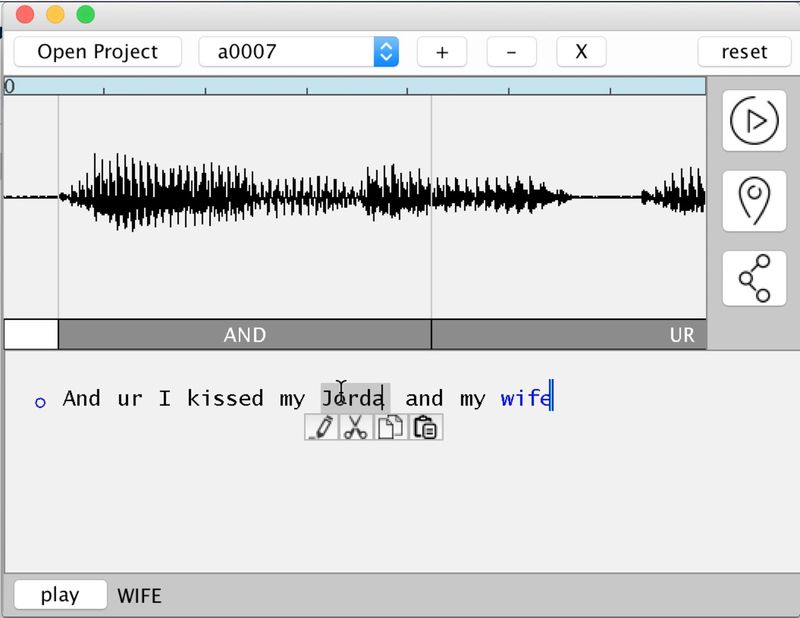New Age communities are driving QAnon conspiracy theories in Brazil
These spiritual, pseudoscientific groups are domesticating QAnon narratives for non-American audiences.
QAnon emerged in the US, but its plasticity makes it easily adaptable in a Brazilian context. President Bolsonaro — a Trump-worshipping, coronavirus-skeptic — rode to power on the promise of ridding Brazil of corruption, leftism, and other evils, and whose legion of highly-connected supporters vehemently distrust traditional media.
It isn’t surprising that QAnon terms would eventually be slapped onto protest signs at a pro-Bolsonaro gathering in Copacabana beach. What is perhaps somewhat surprising is the name of one YouTube channel, written on one of the signs amid a list of must-follow QAnon YouTubers: “Ensinamentos da era de Aquário,” or “Teachings of the age of Aquarius” in Portuguese.
Although that name doesn’t immediately signal QAnon lore, this is one of the largest YouTube channels that openly supports QAnon in Brazil. Its owner, Luciano Cesa, has amassed a legion of 200,000 subscribers in less than two years, and his success signals a growing interest — especially among Brazilian New Age groups — in the movement’s beliefs.
These spiritual and pseudoscientific communities, which encompasses a range of practices such as shamanism, crystal healing, reiki, yoga, and numerology, are playing a prominent role in introducing and domesticating QAnon narratives to non-American audiences.
New Age communities have a few things in common with QAnon members, who often describe themselves as “researchers” open to new truths. QAnon conspiracies are often presented in incomplete tidbits — collections of loose terms and concepts which potential adherents are invited to explore on their own, and which they decontextualize and remix as they share their findings.
The idea of a secret government that rules everything from the shadows is also rife in New Age circles. “Those are communities that distrust institutions, such as conventional science and dogmatic religions,” Campanha says, “so, I can definitely see this culture easily transferring themselves to those conspiracy ideas, with politicians who portray themselves as “outsiders,” such as Trump and Bolsonaro, being seen as antagonists against this shadow government.”
New Age communities, international in scope, provide a safe avenue for QAnon theories to spread from the US and adapt to contexts such as Brazil, while tapping into an audience that may or may not be part of Bolsonaro’s main support base.
In fact, it is precisely communities who claim to be apolitical, such as New Agers, who are especially vulnerable to the influence of fascist movements.
On August 20, at a White House briefing, Donald Trump was asked directly about QAnon for the first time. “I don’t know much about them, except that they like me very much,” he said. When a reporter followed up with an explanation that the crux of the theory was that the US President was fighting a cabal elite of child abusers, he answered: “I don’t know about that, but is that supposed to be a bad thing?”
Trump’s clever reply — which simultaneously evaded the question while appearing to express support for the movement — highlighted the challenges that both reporters and society at large face when confronting conspiracy theorists.

